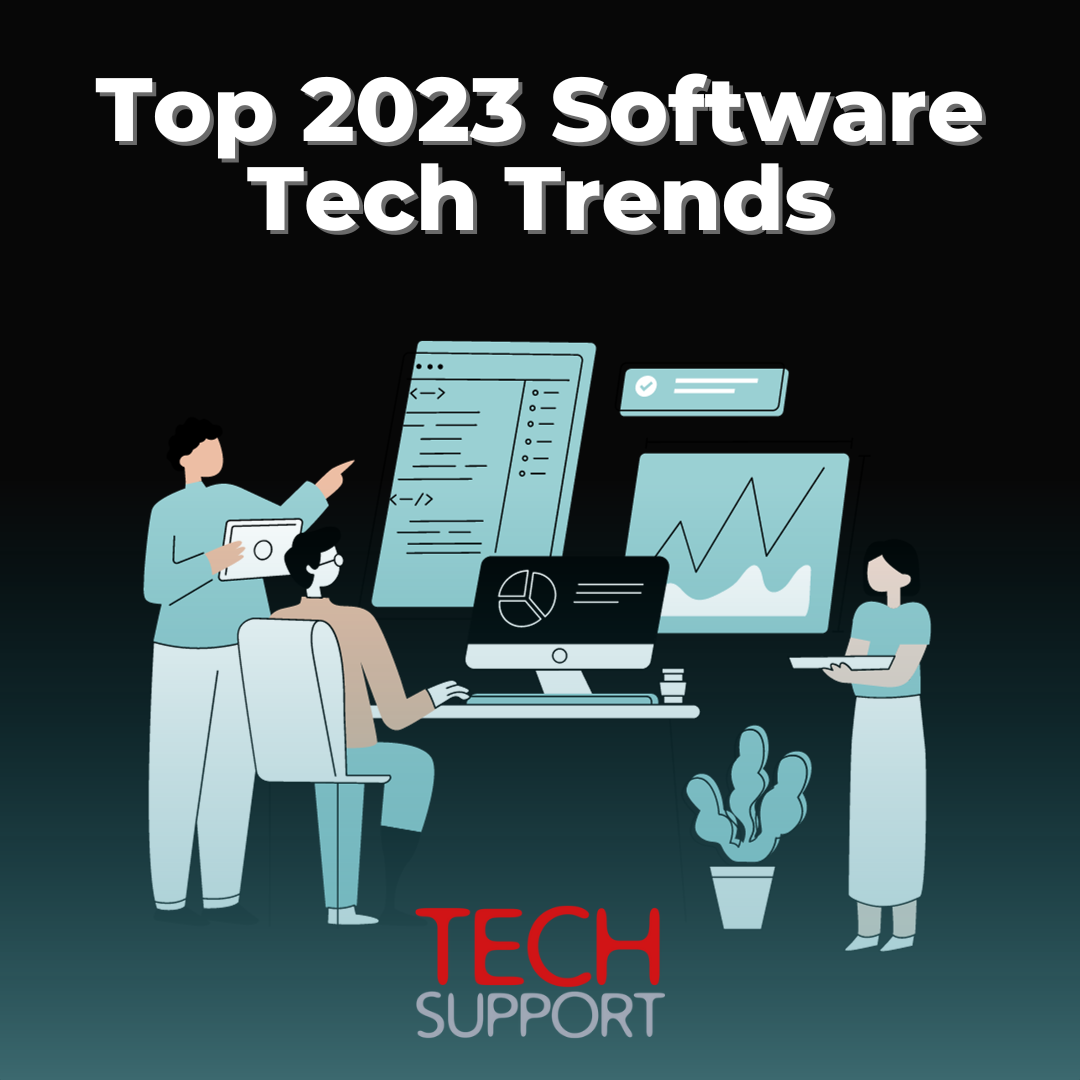
Top 2023 Software Tech Trends
Staying Ahead in 2023: Key Software Development Technologies
Keeping pace with the dynamic landscape of software development is crucial, given the industry's perpetual innovation. Recent years have witnessed the transformative impact of technologies like Artificial Intelligence (AI), edge computing, the Internet of Things (IoT), and big data on application development.
As we venture into 2023, let's explore the current state of software development and anticipate the technologies that will shape the coming year. This article delves into the emerging trends that are expected to have a significant impact in 2023 and beyond.
1. Artificial Intelligence (AI) and Machine Learning
AI, often synonymous with science fiction, is rapidly becoming a cornerstone of software development. Machine Learning, a subset of AI, is harnessing computational and predictive power across various industries, including FinTech. The integration of AI and Machine Learning in businesses facilitates data-driven decision-making, budget planning, data analysis, system testing, and more.
Generative AI, a recent development, uses existing content to create new and innovative outputs, offering promising applications in pharmaceutical research, marketing campaigns, and software development. As generative AI evolves, it empowers developers to focus on high-value tasks by automating low-level functions.
2. Low-Code and No-Code Platforms
Low-code and no-code development tools are transforming the software development landscape by enabling users to visually design applications through drag-and-drop interfaces. While these tools facilitate rapid development and enhance accessibility for non-technical users, concerns persist regarding scalability, security, and flexibility. Despite their limitations, low-code platforms are evolving rapidly, ushering in a new era of tech accessibility and innovation.
3. DevSecOps
Given the escalating threat landscape of cyber attacks, DevSecOps emerges as a pivotal approach to software development. Embedding security at every phase of the traditional DevOps pipeline, DevSecOps ensures that code is designed securely from the outset. With cyber threats evolving continuously, prioritizing security from day one is imperative for safeguarding projects against potential vulnerabilities.
4. Cloud-Native Software Architecture
Cloud computing has gained widespread adoption, and the next frontier is cloud-native software architecture. Designed specifically for distributed cloud-based environments, cloud-native software offers scalability on demand, cost-effectiveness, and flexibility across private, public, or hybrid cloud infrastructures. Major players like Amazon, Microsoft, and Google are providing accessible and powerful cloud services.
5. Python
While not a new language, Python continues to surge in popularity, particularly for Machine Learning, big data, and computational tasks. Its ease of learning, extensive community support, and versatility position Python as a key language in meeting the modern demands of software development.
6. Microservices
Microservices present an exciting trend in structuring applications, allowing features and functions to operate as independent components. This approach facilitates scalable development, independent feature scaling, and robust application resilience. Microservices enhance development and deployment efficiency while promoting effective communication between application components.
Conclusion
As we navigate through the ever-evolving landscape of software development, the trends highlighted here offer a glimpse into the future. The combination of AI, low-code platforms, DevSecOps, cloud-native architecture, Python, and microservices reflects a dynamic industry striving for innovation. For businesses seeking guidance on the best-fit technologies, consulting with experts can provide valuable insights tailored to specific needs. Embracing these emerging trends positions companies at the forefront of the evolving software development landscape in 2023 and beyond.